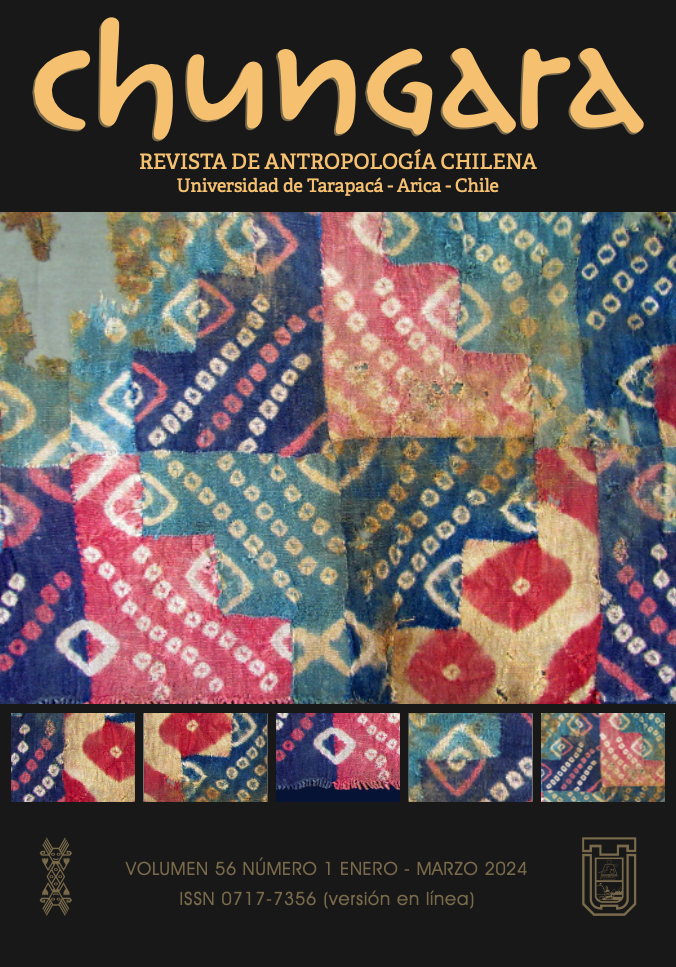20225402(en)/6 - Q’uepis, Ancestors, and Territories Historical Ritual Practices in Pre-Hispanic Contexts in Antofagasta de La Sierra, Northwest Argentina
Q’UEPIS, ANCESTORS, AND TERRITORIES HISTORICAL RITUAL PRACTICES IN PRE-HISPANIC CONTEXTS IN ANTOFAGASTA DE LA SIERRA, NORTHWEST ARGENTINA
Q’UEPIS, ANCESTROS Y TERRITORIOS. PRÁCTICAS RITUALES HISTÓRICAS EN CONTEXTOS PREHISPÁNICOS EN ANTOFAGASTA
María Lorena Cohen y María Soledad Martinez
The purpose of this article is to present material in order to discuss the interpretation of a particular set of disordered, tied up objects, typical of Republican times, known in the Andean world as q’epi. Furthermore, the selection of the elements that make up the q’epi and their social meanings will be addressed, as well as the consequences that laying these elements in a pre-Hispanic cist had on the territory. The finding context is part of an architectural ensemble located at the top of a rock, corresponding to the Peñas Coloradas 3 cumbre (PC3c) site in the town of Antofagasta de la Sierra in the Argentine Southern Puna. We consider that the burial of the q’epi in a pre-Hispanic cist stands as a significant practice, which is typical of the configuration of an ancestral territory, where the reproduction of ritual practices of pre-Hispanic roots endure with changes in new socio-political frameworks.







